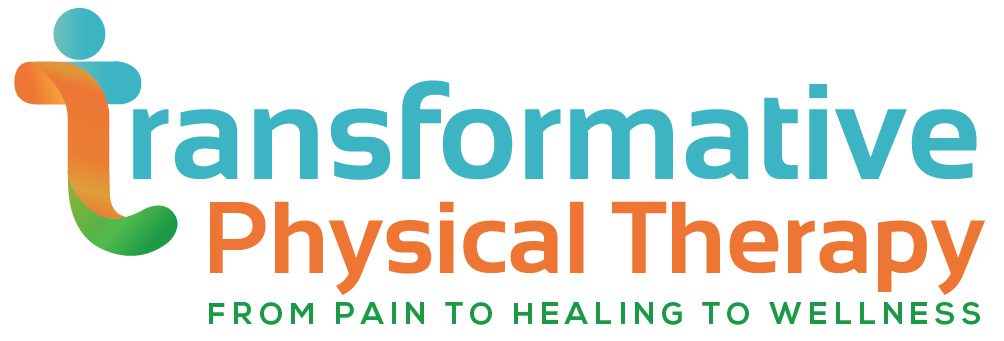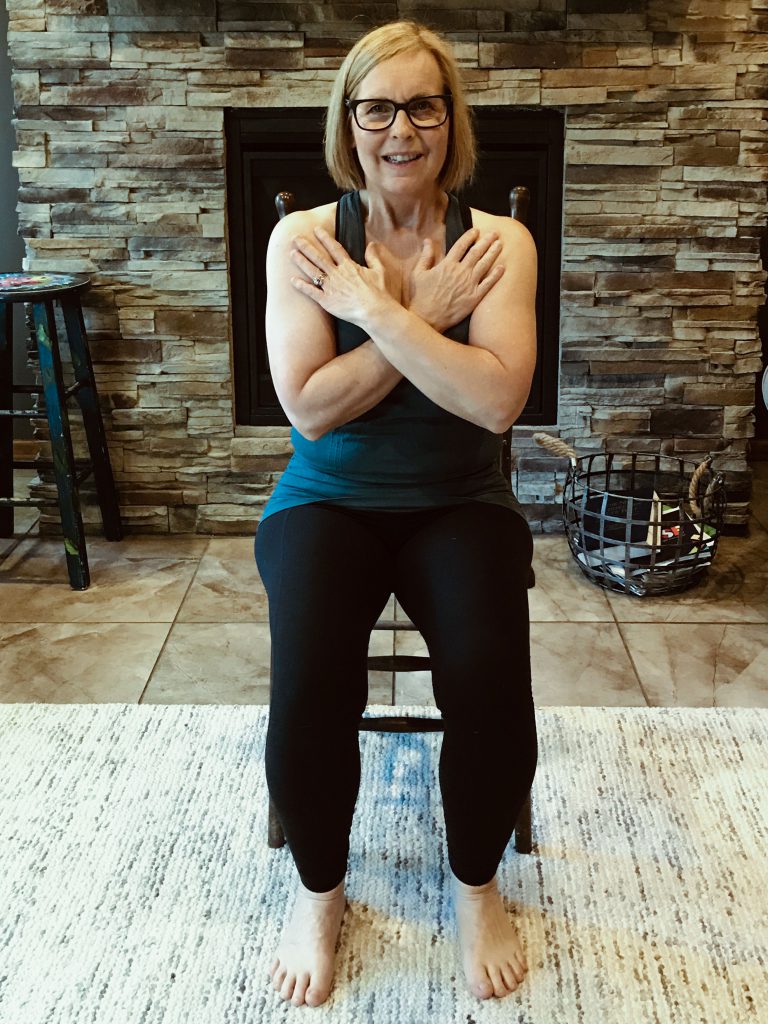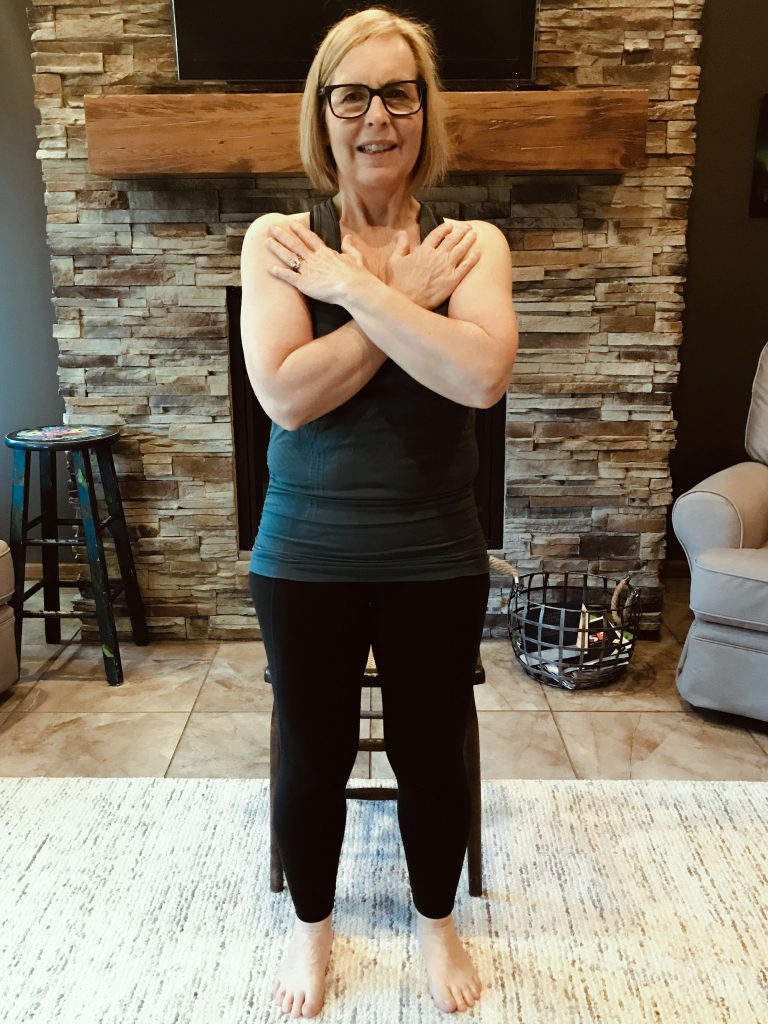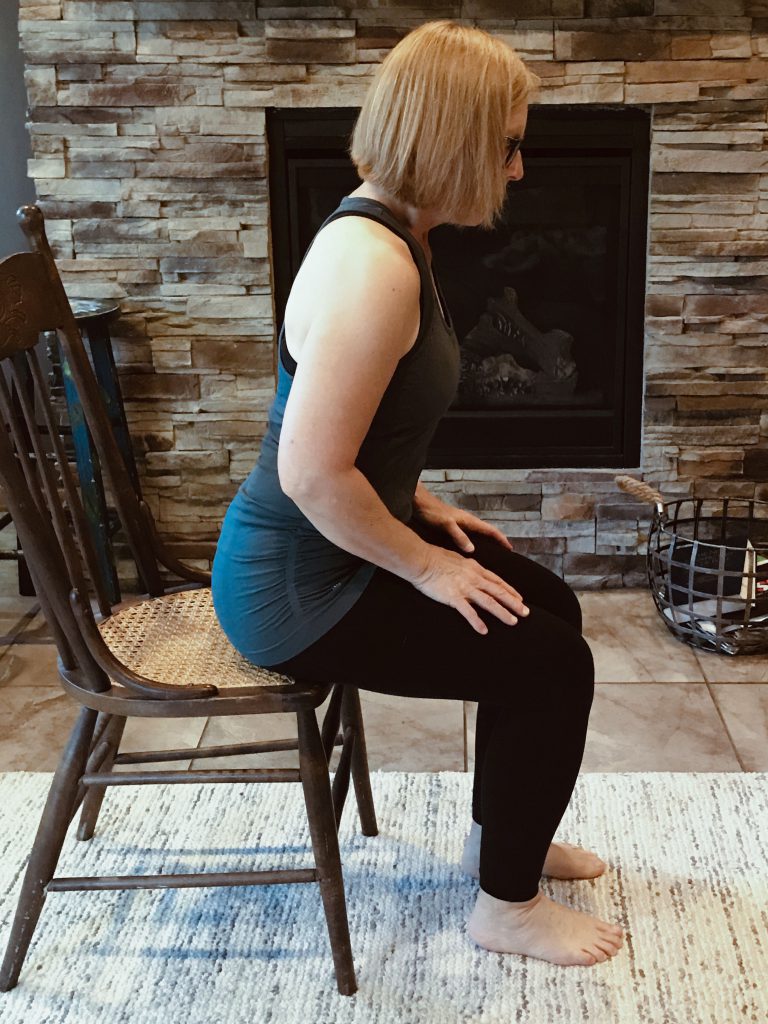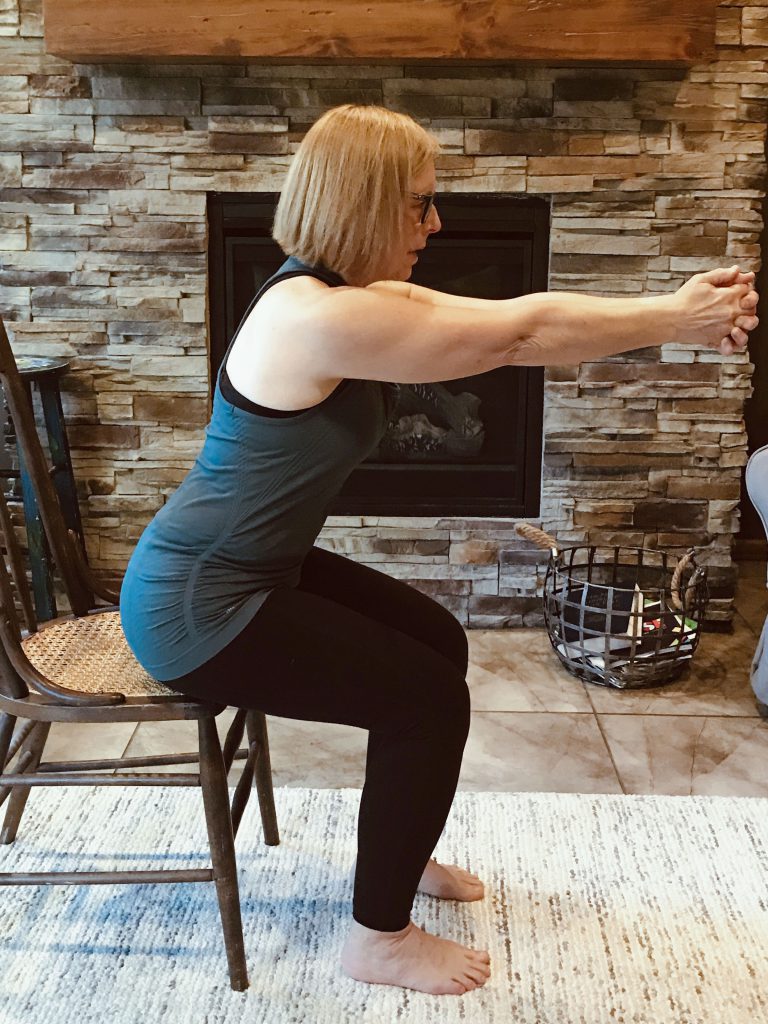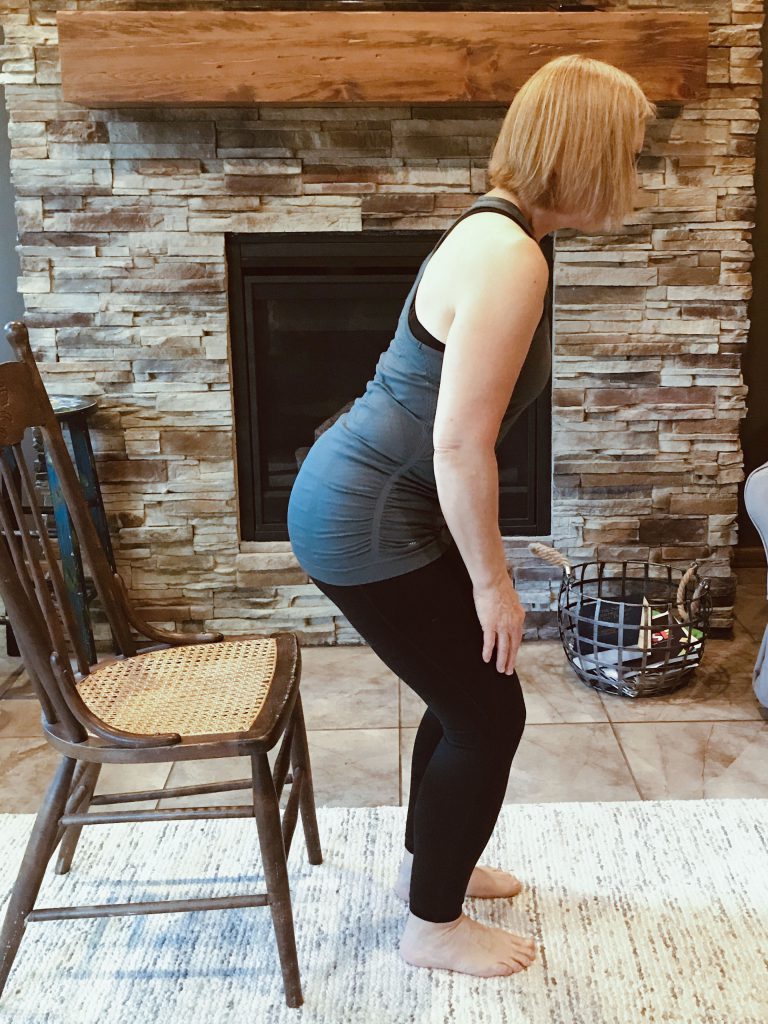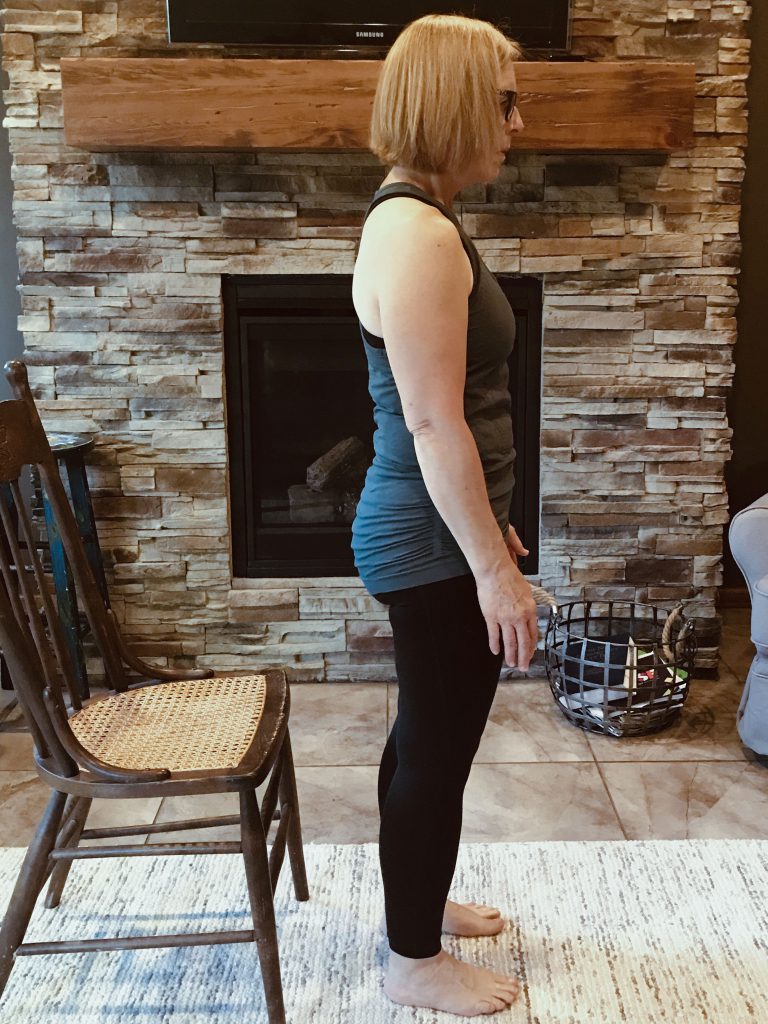I thought that perhaps it was time for a little game or friendly competition you can do to see how fit you are and measure your lower extremity strength. To rise from sitting requires using many muscles in the legs and hips, predominately the quadriceps, the muscles on the front of your thighs and the gluteus maximus, one of your buttock muscles. Rising from sitting involves the ability to shift your weight forward to rise and backward to lower down, also involving balance. You only rise from sit to stand 5 times so it’s fast and easy. Game on!
Here’s how to play. Sit in a firm, armless chair, like one in a dining room or kitchen, crossing your arms across your chest with each hand on the opposite shoulder. Position your feet about hip distance apart with your feet under your knees. Start the timer when you begin to stand and stop when you rise for the 5th time. You can do 2 practice repetitions before timing. Make sure you rise to a complete stand and make a firm contact when you lower. No cheating.
Okay, let’s see how well you did. Here’s the norms.1
| AGE | Min-Max (sec) | AGE | Min-Max (sec) |
| 14-19 | 4.7 – 9.7 | 50-59 | 4.2 – 12.1 |
| 20-29 | 3.9 – 11.2 | 60-69 | 4.7 – 15.1 |
| 30-39 | 4.1 – 10.4 | 70-79 | 5.5 – 13.3 |
| 40-49 | 5.6 – 13.2 | 80-85 | 5.8 – 17.6 |
In this study, there were 111 females and 70 males. The sex of the subjects did not greatly affect the results as a whole or for the groups. No statistical difference was found between variances in body weight and stature of the individuals.
Squatting or being able to rise from sitting to standing is important not only to help you get out of a chair, but also to help you climb stairs, navigate curbs, dress, brush your teeth, pick something up off the floor or even get yourself off the floor. If you would like to improve your ability to squat, here are a few tips.
To rise:
- Make sure your feet are under your knees.
- Think nose over toes as you lift off chair. Lean forward, shifting weight toward the ball of your foot.
- Keep your chest up and eyes focused straight ahead.
- To make rising easier, clasp your hands in front of you or start with feet behind knees.
- Push down through your entire foot, tightening the muscle on the front of your thigh to stand.
- When you are about 75% of the way up, bring your pelvis under you tightening your gluteals, while you continue to extend your knees
- End with your pelvis neutral, tailbone pointed down, chest up and knees straight, but not locked.
To lower:
- Shift your weight backwards to your heels, you should be able to see your toes.
- Bend at your hips, letting your buttock lead you back.
- Knees should be over the middle of the foot, 2nd or 3rd toes, and not covering the toes.
- Keep your chest lifted and eyes focused ahead.
- Make your quadriceps lower you down slowly and softly, so you don’t fall onto the chair.
- Keep knees pushing out, not falling in together.
- When you are in the chair, bring your shoulders over your hips, by moving from your pelvis, keeping abdominals held in.
With all the extra time on our hands and the weather getting warmer, hopefully you are getting outside and walking more. Being able to squat is valuable and can be a good measure for your leg strength. Challenge yourself to improve and challenge your friends. Exercise is always more fun with others and making it into a game.
- Bohannon RW, Bubela DJ, Magasi SR, et al. Sit-to-stand test: Performance and determinants across the age span, Isokinet Exerc Sci.2010;18(4):235-240.
Judy
